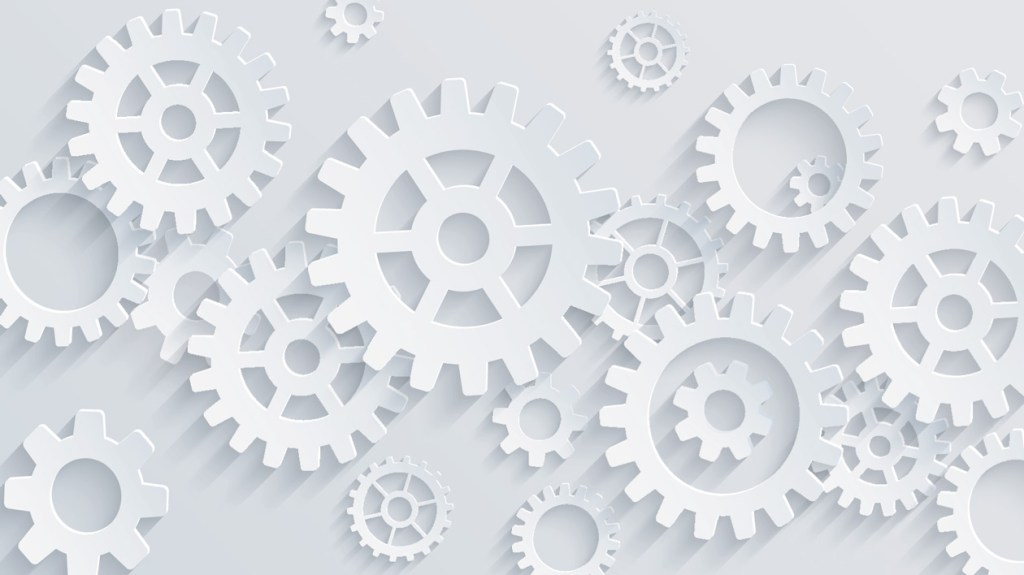What started as a music-only streaming platform grew into a broader audio platform that included podcasts and audiobooks. Now, Spotify is getting into video — both snippets and long-form content, though the latter is only in an experimental phase.
During Tuesday's Q2 earnings call, CEO Daniel Ek and interim financial director Ben Kung repeatedly referred to the “Spotify Machine” when explaining the company's expansion beyond music. As Ek explained, the term means the company is “no longer just kind of a one-trick pony, but it's actually multiple disciplines working together” to create more choices for consumers and increase loyalty.
“Because you might come for the music and stay for the audiobooks,” Ek said. “Some customers may come for the podcast and stay for the audiobooks.”
The term makes sense: Spotify is an increasingly complex product with many moving parts, numerous audio and video formats, and a variety of paid tiers. Every new part in the machine is meant to make the company more valuable as a whole. Similarly, concert promotion and ticketing company Live Nation uses the term “flywheel” to describe how its various products and business divisions provide momentum to the larger entity. But “the machine” has a better ring to it.
The machine is integral to becoming a viable, profitable company. As Spotify explained in its 2022 investor day presentation, the move away from music will help improve its gross margins and make it the profitable company it has long aspired to be. Music margins are about 30% of revenue – the remaining 70% goes to rights holders – and will rise above 35%, the company said. In that 2022 presentation, Spotify said podcast margins could reach 40-50% gross margin and total gross margin could reach 40% (gross margin increased to 27.6% in Q1 from 25 .2% a year earlier).
The machine helps increase engagement. Spotify is more valuable if people spend more time using it. When engagement increases, churn decreases, which in turn reduces the cost involved in bringing back those lapsed customers. When engagement increases, free users are more likely to become paid subscribers. The last thing a streaming service wants is a rare customer who doesn't enjoy the features or delve into its content. Audiobooks are a good example of keeping people hooked: Ek said that in markets where audiobooks are available, 25% of users listen to them. Additionally, in the first two weeks that a Spotify user listens to audiobooks, Spotify sees “over two and a half hours of incremental usage on the audiobook side,” he said.
The machine gives users more freedom of choice. Ek confirmed that Spotify will have an audiobook-only subscription tier alongside a music-only tier. the standard subscription level offers music and audiobooks. Over the years, Spotify has given consumers multiple options to choose from: an individual plan, a two-person plan called Duo, a multi-user family plan and, in some markets, the ability to buy one day at a time. Spotify wants to offer “as much flexibility as possible in this next stage of Spotify” to convert more users to paid subscribers, Ek explained.
The machine is built to maximize value. Ek and Kung often cited a specific internal metric, a value-to-price ratio, that Spotify uses as its North Star these days. By adding podcasts, audiobooks and education, as well as features like Wrapped — Spotify's personalized year-end recap — Spotify is delivering more value than it did when it was a simpler music-only service. Ek singled out the videos that Spotify has added to “11 or 12” purchases and created an expectation for video clips that will allow artists to tell stories about their new releases. Such videos are one way Spotify is “focusing on profitable discovery” to make the platform a better listening experience, Ek said. Spotify's recent foray into video education courses in the UK is another stab at adding value.
The machine finally gives Spotify the ability to raise prices. When Spotify adds products and features, EK explained, it increases the value-for-price ratio. This, in turn, allows it to occasionally raise prices to extract the value it has created. “The way you should think about this as investors is the better we can improve the product, the more people engage with our product and the more value we ultimately create,” Ek said. “And the more value we create, the more ability we'll have to extract some of that value with price increases.” After more than a decade of value creation and stagnant prices, Spotify raised rates in July 2023. In April, it raised rates again in select markets — including the UK and Australia — and is expected to extend those increases to additional markets.
The machine also requires an engineering feat. “It's a pretty complicated machine,” Kung said, because Spotify has variable-cost models, such as revenue sharing and hourly royalties, and fixed-cost models — perhaps some in-house and licensed podcast content. Ek added that “the machine takes care of all the complexity on the back end to address what has historically been a very difficult problem to solve, which is multiple business models in one consumer experience.” Spotify's engineering challenge is integrating additional verticals into a seamless user experience without becoming awkward — a criticism often heard of iTunes, which began as a music store and added videos, books, apps, podcasts and iTunes U, a place for educational material. “Simplicity is hard,” a former Apple product designer once wrote. “Very difficult. But when you get it, it's beautiful.”
The machine may take some getting used to. As Spotify operates in non-music industries, it has stakeholders other than the music rights holders, artists and songwriters it has served for more than a decade. Now, Spotify also supports podcasters, writers and — albeit in the early stages — educators. This has already created some tension between music publishers and Spotify following the news that Spotify considers its music-audiobook subscription to be a package under the Phonorecords IV mechanical beat structure in the United States. Subscription packages allow Spotify to pay a slightly lower royalty rate. But really, is anyone surprised that the machine is trying to save a little money?



